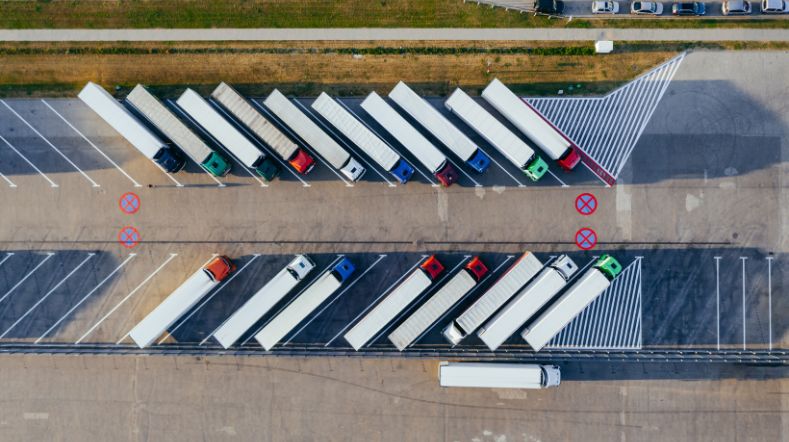Real-time signal from bicycle can reduce number of serious accidents
Research done by TNO, Bosch and Shimano shows: additional communication improves car’s emergency brake system.
Introducing real-time signals from a bicycle to a car can seriously reduce the number of accidents resulting in injuries or even death of cyclists. Improving the ‘autonomous emergency braking system’ (AEB) of a car can contribute to this. Bosch, Shimano and TNO draw this conclusion after a simulation study in which accident scenarios, vehicle sensors, AEB logic, vehicle dynamics and communication were combined.
Autonomous emergency braking system (AEB)
There is every reason to continue the search into improving the interaction between cyclists and cars, as the research partners established at the start of their study. The total number of fatal traffic accidents is dropping considerably across Europe, but the number of fatalities among cyclists does not follow this trend. Accident statistics show that a large part of the fatal traffic accidents involving cyclists is the result of a collision with a motorized vehicle.
One of the most promising active safety systems the automotive industry is currently developing, is the autonomous emergency braking system (AEB). This does not mean that cyclists are safe now: preventing all the defined accident scenarios is not possible yet due to the limitations of the sensors and the perception algorithms.

Communication from cyclist to car
A possible solution to improve AEB performance in cars is introducing a signal from the bicycle to the car. The simulation study performed by TNO, Bosch, and Shimano combines the advantages of the different communication possibilities with current and future vehicle sensors. Two kinds of messages from the cyclist were incorporated in the scenarios: information on movement and predicting cyclist behaviour. The car uses the communication in its AEB system, either as an additional sensor or as a ‘preparation strategy’: a first step for new autonomous actions.
Benefit of AEB systems
All simulated AEB systems benefit from the extra information sent from the bike. The most promising results are achieved in systems that have relative long internal delays. It also became clear that, in order to achieve the greatest benefit, a large field of view is necessary when using the preparation strategy as opposed to the sensor strategy.
The benefit of introducing signals was determined on the basis of calculated saved lives and preventing serious injuries. Jeroen Uittenbogaard, TNO Research Leader: “In the end the conclusion can be drawn that this simulation study provides a clear indication that adding communication to AEB scenarios can yield a considerable benefit. Especially the ability to predict cyclist behaviour adds real value. In this respect, the sensors on the bike are of greater value that those in the car”.
The researchers clearly see an increase in positive effects as cyclist behaviour can be better predicted and communicated. Jeroen Uittenbogaard: “We found that the communication technology used does not make a big difference. The important contribution lies in the ability to predict cyclist behaviour.”
Intelligent bike
In order to achieve just that, TNO developed an ‘intelligent bike’. Due to an abundance of sensors it can determine the precise moment the bike brakes, accelerates and turns, combined with the cyclist’s seating position. Jeroen Uittenbogaard: “By testing this bike extensively you can, from a certain point, start to predict behaviour. In traffic this can save lives, if and when this information reaches other traffic in time. If a car receives information that a bike is not preparing to brake at an intersection, it might be possible to initiate an emergency brake at an earlier stage.”
Report 'Can bike-to-car communication prevent cyclist fatalities?'
Get inspired
Getting on board with autonomous transport? Five things you need to know
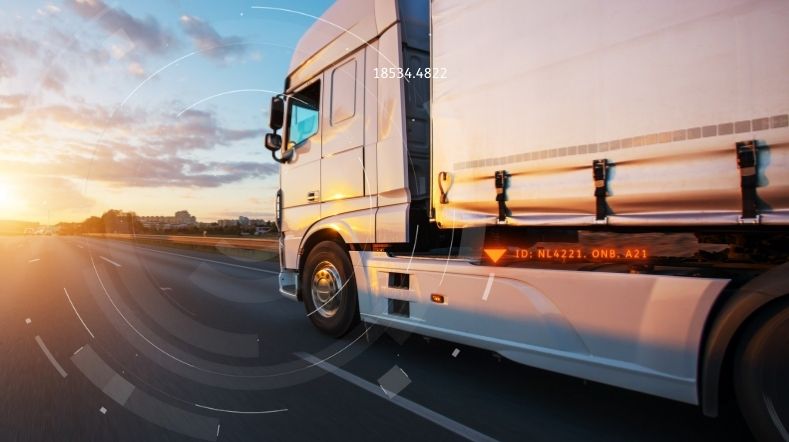

Connected mobility
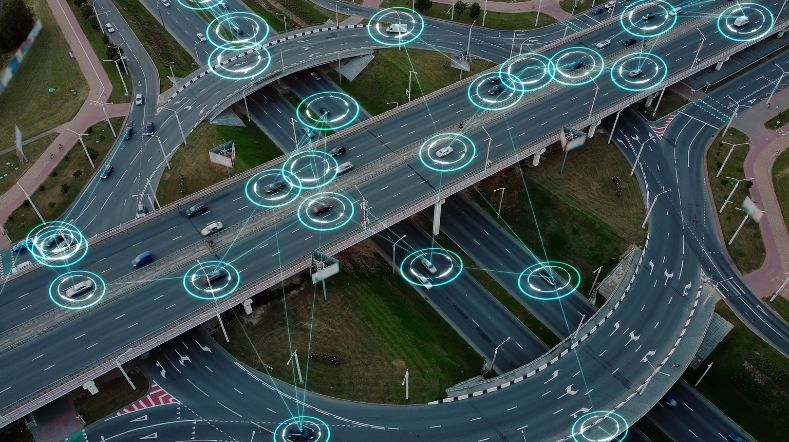

Working on safer self-driving cars
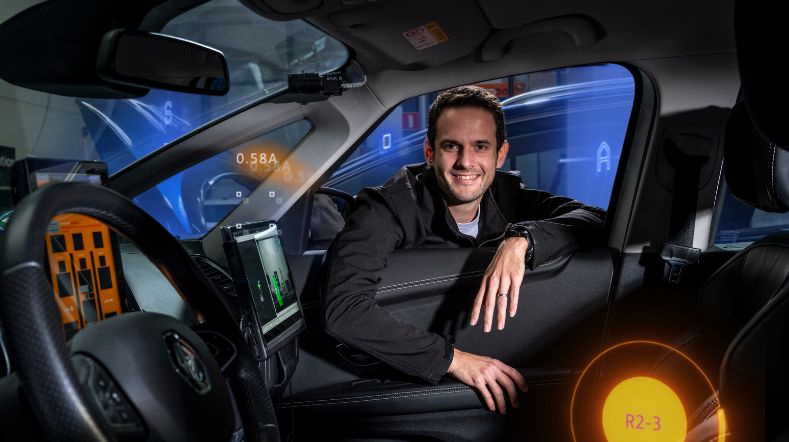

Goodyear and TNO further integrate tyre and vehicle technology to mitigate crashes in adverse weather
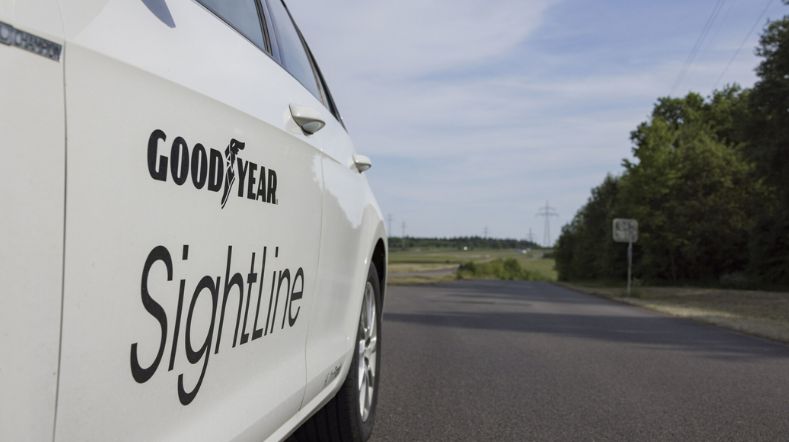

TNO CEYAS offers logistics partners advantage yard automation
